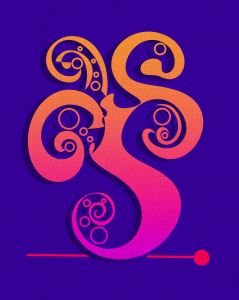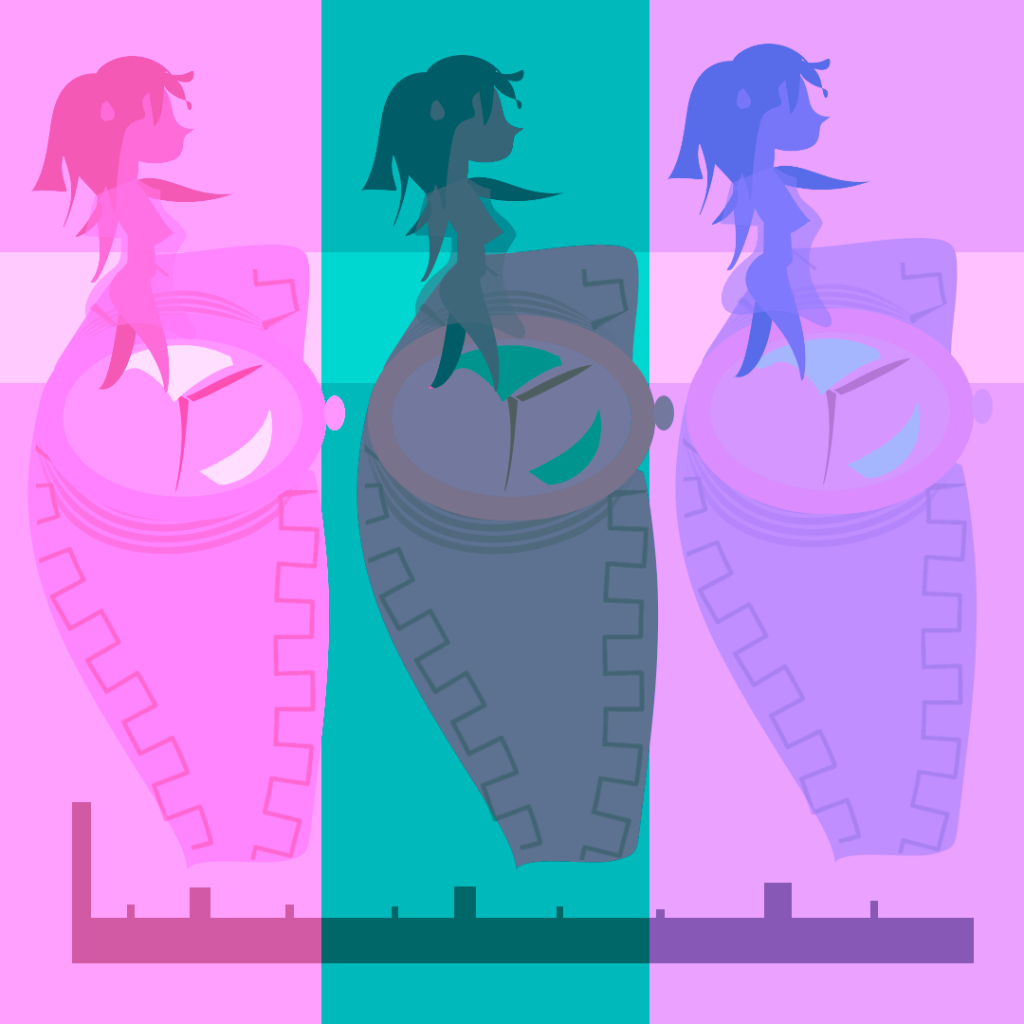07.11.2016 (edited 14.05.2024)
Jai Maata Di! (Hail the Mother Goddess!)
Although it was appreciated in India and won a number of awards, the Hindi film Damini (1993) is largely and unfairly unappreciated in the West. It is one of my favourite films. What you see is an answer to the injustice of the middle classes that masquerades as legal truth. and how to base resistance against it. The resistance to the law is in the form of the image, idolatry and photography. The film is not obviously about vision and photography, although for those that see nothing and will try to stop others seeing, it is emphasised that photography is integral to the medium of film.
Damini is about English law, the remnant of British colonisation in India, and its relationship to vision, particularly the vision of a woman of the lower classes. Damini (‘the lightning’) is a lower-class girl that marries into a rich family and makes friends with the house-maid Urmi. Damini’s brother-in-law Ramesh (‘the ruler of Rama’) rapes Urmi, pinning her down below him with the help of his friends and Damini sees him doing so. Damini finally agrees to say what she saw in the court of law, but every attempt is made to exclude her lower class woman’s truth by the middle class which is fully in control of the western-derived legal apparatus, a truth in which the exploitation of the lower classes forms a continuum with the sexual violation of woman and her forced submission to masculine desire. Damini is indeed confined to the mental asylum because of her truth – the lawyer who goes up against her says that she is mad. Here, Damini is indeed driven insane.
Then, in one of the most powerful scenes in world cinema, Damini sees a procession of Durga Maa (‘the Invincible’, Devi Maa, the Mother Goddess, Mata Rani, The Mother Queen, Maa Shaktishaali, The Powerful Mother) in the streets accompanied by the common people through a window in the asylum and regains her memory. The look of the idolater upon the idol, the Mother and the multiple forms of Hinduism behind her, the last true religion of syncretism and one that is not organised around scripture (whatever its other faults), merges with an intense tandava, perhaps one of the most intense dance sequences on film. Damini (‘the lightning’) flashes and her energy is converted in Shiva’s dance, the dance of creation, preservation and dissolution. Shiva is Durga’s consort – her lover. Damini becomes the lightning because it illuminates the world in a flash – like photography and the writing of light.
The dance begins with the eyes and the eyebrows, as can be seen in the video. For it is the opening of Shiva’s third eye, the eye of power. It is a dance of vision. Damini’s bindi, the red mark on her forehead, represents the third eye. The story of Shiva’s third eye is traditionally associated with anger and the renunciation of desire, the renunciation of the desire for the middle class in the movie, it would appear, and the form of power that they represent. The dance is not a solo performance. It is directed at the enemies of the Indian lower class woman. The dance requires mastery of will and body, improvisation and the knowledge of classical forms. The dance is a fight which pre-empts the moves of its opponents, which enlarges and expands the body, which can suit the circumstances and adjust and adapt, which can bedazzle and confuse its opponents. The dance is a carefully constructed martial arts performance, like kata in karate. It is both exhibition and internal consciousness.
Shiva’s third eye is a vision bestowed from integration with the Mother Goddess. For Shiva, like Damini, is the one that loves the goddess – Shiva is Damini’s consort. The love of the Mother Queen and Damini’s bhakti returns her to herself and her vision and gives her the energy to fight for her truth, the truth and vision of woman and the lower classes. It allows her to fight against the legal system of the middle classes and flee the asylum. It gives her the force to say what she saw and destroy the forces of concealment and reorder the world.
The empowered Damini unites with a good lawyer who submitted himself to the desire of woman, his wife, in order to take up his occupation and she is triumphant. The good lawyer returns Damini to her alienated husband, he returns her to her love: he gives her back her desire. In one scene, the good lawyer calls himself a tiger: the tiger is the vehicle of the Mother Goddess, also known as Maa Sherawali, the Mother with or of the Tiger. The good lawyer’s wife, now dead, is only presented to us as photograph, the image. When one looks at the traditional images of Durga, the connection is clear. In an inversion of the picture of the rape that Damini saw, with woman pinned down by men, the Mother is above the tiger, it is her vehicle which she directs (the tiger itself is the national animal of India and Mother India). Above the law, there is the Mother and the law itself must only be the Mother. Thus, the quote by Mahatma Gandhi at the beginning of the movie which is said to have inspired it: “There is a higher court than courts of justice and that is the court of conscience. It supercedes all other courts”.
Damini’s justice is self-serving. It has an identity which it declares and serves, the identity of an Indian lower class woman. It is meant to protect a lower class woman that is her friend. Damini’s justice is based in emotion and empathy. She feels the hurt of another. Damini’s justice invokes a different form of power to the middle class men in power, a power that is feminised and derives its source from the mother and the sphere of the maternal. Damini’s justice is resistance: to serve not those in power, but those that are disenfranchised from power. In India, rapes are concealed by men so that the honour of their household is maintained. Thus, the powerful can prey on the weak. Damini’s justice exposes the act of making the less powerful submit to the powerful via gender in Indian society and calls for the public to claw back their honour. It is a film where justice operates in the honour economy and not the property economy of the West, where the white middle classes not only control the legal apparatus, but are also favoured by it as clients because they have more money.

